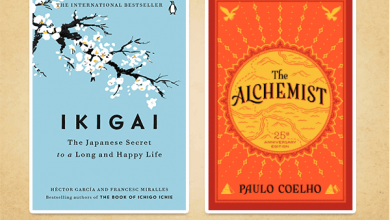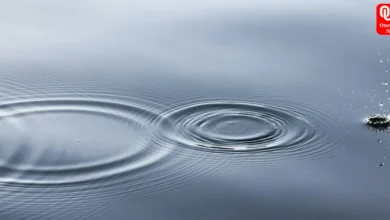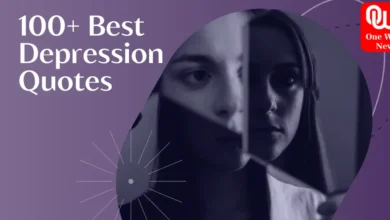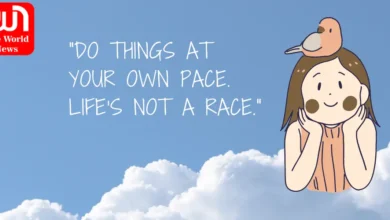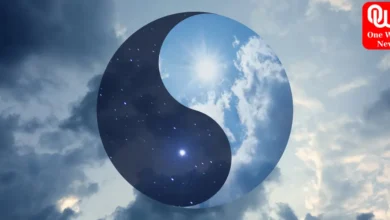Healing Powers of Dance: How it helps you to keep your mental health in check

Healing Powers of Dance: How does dance heal your emotions?
Healing POWERS of Dance are magical. When one dances, it encourages the body to get back to its natural state. Notably, our body tells us when it needs food, water, rest or treatment. Talking about the treatment, especially psychological, it is important to note that dance is naturally therapeutic as it addresses all levels of the being: Physical and Mental.
Recently, EmoAid, the preventive mental health wing of the Centre for Child and Adolescent Wellbeing (CCAW), New Delhi, organised its Mental Wellbeing Festival. The fest comprised of a series of free virtual events as Reconnect; Revive Jashn-e-Jazbat. It aimed at creating sensitivity towards mental health and enhancing wellbeing with the underlying theme of celebrating self & emotions. The three-day-long event ( August 13- August 15) addressed many issues in the workshops.
On the very first session, Eti Goel, Psychologist at CCAW & Facilitator and Research Head of EmoAid welcomed moderator Devika Mehta Kadam. Devika Mehta is a board member and treasurer of the Indian Association of Dance Movement Therapy and holds a Degree in Expressive Arts Therapy. She explained the difference between Creative Art Therapies and Therapeutic Arts and how dance can heal emotions. It is the practice of celebrating emotions through dance.
Here are a few highlights that show that Healing Powers of Dance is magical
Dance/movement therapy or DMT uses movement to help individuals achieve cognitive, physical, emotional, and social integration. Beneficial for both mental and physical health. It is one-to-one therapy that cannot be practised in an open forum. It is more like counselling by a professional therapist or physiatrist.

Therapeutic dance
Therapeutic dance is different from Dance therapy as it can be practised by any artist or teacher too. It uses styles and techniques like theatre work, Zumba, free movement, adult colouring books, or drum circles without process work or psychotherapeutic intention.
Emotions and actions
Our actions and emotions are correlated. Some actions require more energy while some actions signify our mood to relax. That means that our expectations are thought-related and feelings are based on emotions. This leads to the conclusion that the body is Somatic. In most cases, the body sensations are ignored, emotions are suppressed and we only focus on thoughts.

Dance therapy aligns all the somatic symptoms
Emotions of men and women
The event also focused on the emotions which are stereotyped as per one’s gender. In most families, boys are instructed to be ‘Mard’. Families do allow them to cry to express their feelings and emotions.
On the other hand, women are expected to Sanskari, adjusting and should not be vocal about needs and demands.
Dance therapy gives you the liberty to sit, walk, move or perform irrespective of any predefined societal norms.
Read more:-Why do Parents Choose Physical Punishments to Maintain Discipline?
Lean-to open-up
This is an interesting exercise where beneficiaries learn to open up through body gestures on energetic music. This involves action and body postures like opening up, shrinking, rising-falling, hollowing and bulging. This signifies phases of life.
In DMT (Dance Method Therapy) is termed as power dynamics in relationships.
It heals you, your emotions and gives you a new way to express yourself. We highly appreciate the initiative taken by EmoAid in this direction.


